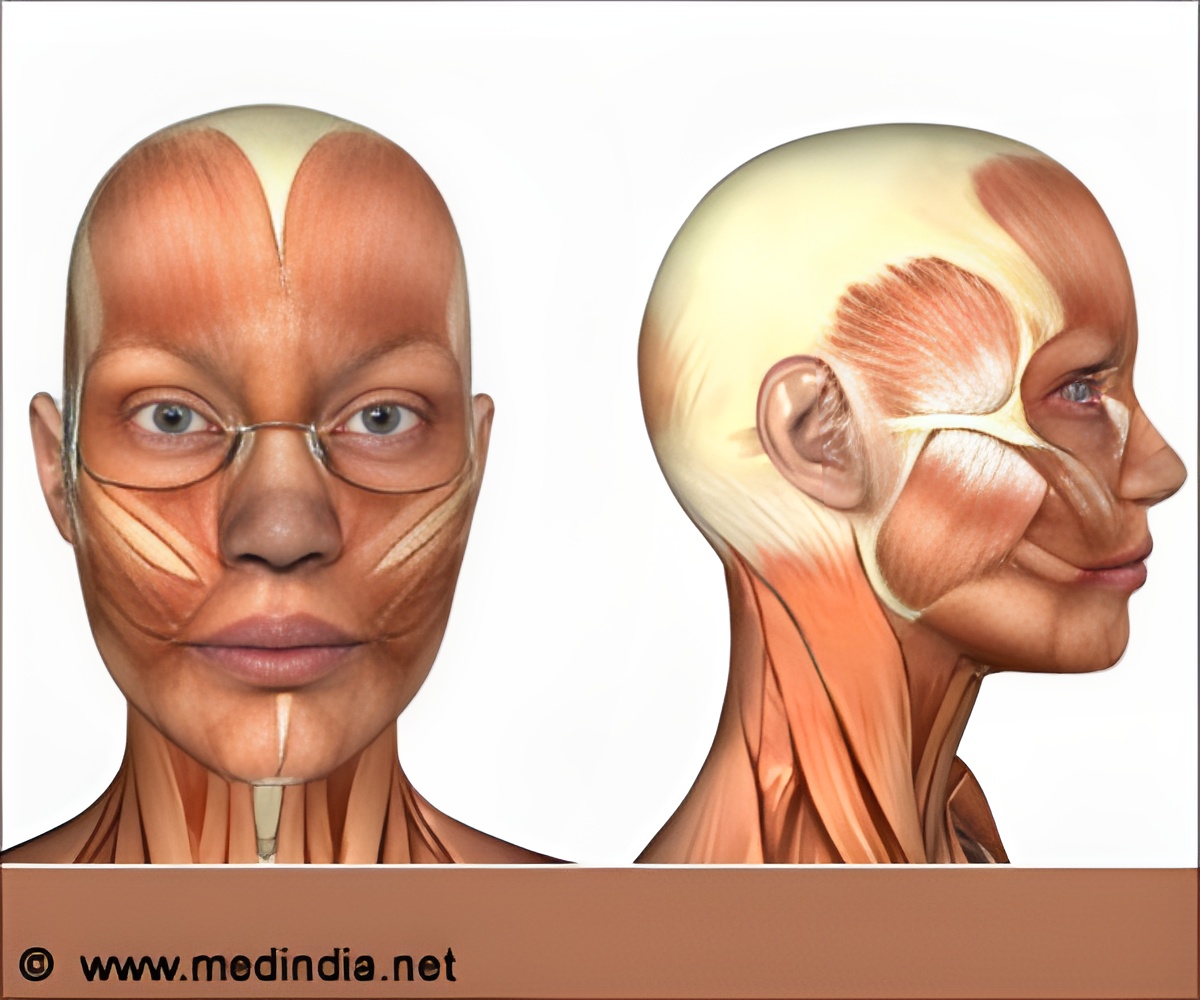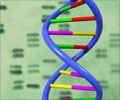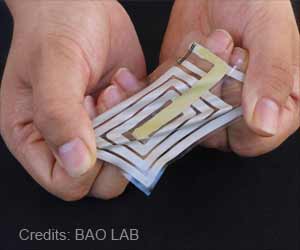Understanding visual cues could lead to improvements in the automation techniques and training to identify and classify indecent images of children from that of adults.

‘Using specific facial features such as eye and jawline, the task of discriminating between child and adult faces may become easier.’





In this study, researchers worked with 16 volunteers, including digital forensic analysts from West Midlands Police. Each volunteer was shown a series of images depicting faces of either children or adults.Each was revealed through a filter that excluded non-facial cues such as ears, hair, and neck. They were asked to identify the faces as belonging to either children or adults.
Later, they used image processing techniques to analyze which facial attributes of both children and adults the volunteers used to make their identifications.
They found that information around the nasal bone and eyebrows were most commonly used to classify adult faces, while the eyes, nose, and jawline were more likely to be used to classify a child’s face.
Dr. Juliane Kloess, at the University of Birmingham, explained: “The number of indecent images of children in circulation has dramatically increased over the past 25 years. We hope that our findings may assist with the way computer algorithms prioritize images for human attention, which will help to partially automate the process of identifying and classifying this material. This would alleviate the pressures on existing resources within policing, and reduce the exposure of analysts to this type of material”.
Advertisement
Current processes to identify indecent images of children require digital forensics analysts in police forces to review images and make a decision.
Advertisement
Source-Medindia









